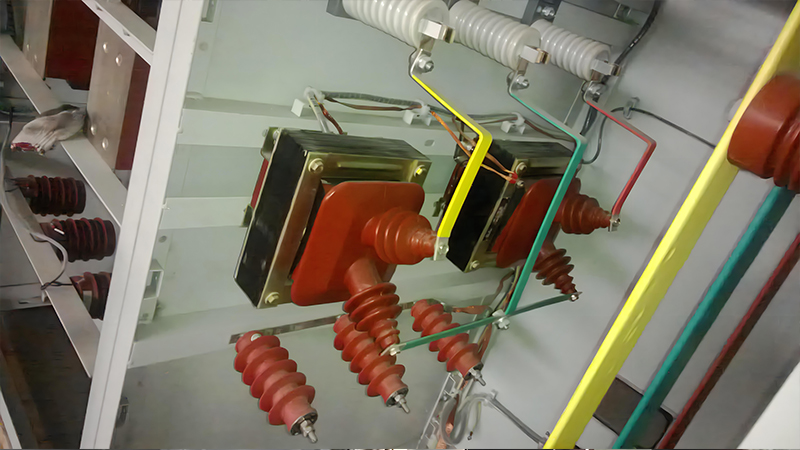Related Products
Working principle of current transmitter
A current transmitter is a measuring instrument that converts the measured electrical quantity (AC voltage, current, active power, reactive power, active energy, reactive energy, frequency, phase, power factor, DC voltage, current, etc.) into a linearly proportional DC current or voltage output (electrical pulse output). It is wide
Widely used in electrical measurement, automatic control, and scheduling systems in departments such as power, petroleum, coal, metallurgy, railways, and municipal administration.
The basic measurement circuit of a current transmitter generally consists of several parts as shown in Figure 1:
Due to the fact that the amount of electricity we need to measure is generally high voltage (57.7-380V) and high current (1A-10A). If they are not isolated and their amplitude is reduced, it will pose a serious threat to personal safety and equipment. Signal input isolation generally uses voltage transformers (PT) and current transformers (CT). The basic requirements for this part are:
a. The voltage insulation performance of signal isolation is good, and the voltage resistance should be greater than 2kV.
b. Linearity is good, as both PT and CT are made of ferromagnetic materials, their linearity is poor and difficult to compensate for in future circuits. Therefore, it is necessary to choose high-quality materials and advanced technology to manufacture high linearity PT and CT in order to ensure the linearity of the transmitter measurement.
c. The output load of PT and CT should be small. Due to the small volume limitation of the iron core cross-section of the PT and CT used in the transmitter, their nonlinearity will increase sharply as the output load increases. Generally, the output current of PT should be<1mA, the output current of CT should be<10mA (usually around 5mA), and the sampling resistance should be<200 Ω.
This part is the core of the power transmitter, which converts different measured quantities into corresponding output quantities, and uses different conversion circuits corresponding to different measured quantities. The specific circuit will be explained in detail later.
The function of this part of the circuit is to output the electrical quantity that the transmitter needs to output, and its basic requirements are:
a. Has a certain load capacity;
b. Constant output. Within a certain load range, its output value is not affected by load changes, that is, when outputting voltage, it should be a constant voltage output, and when outputting current, it should be a constant current output.
Previous: Introduction to Current Transmitters
Next: No More








